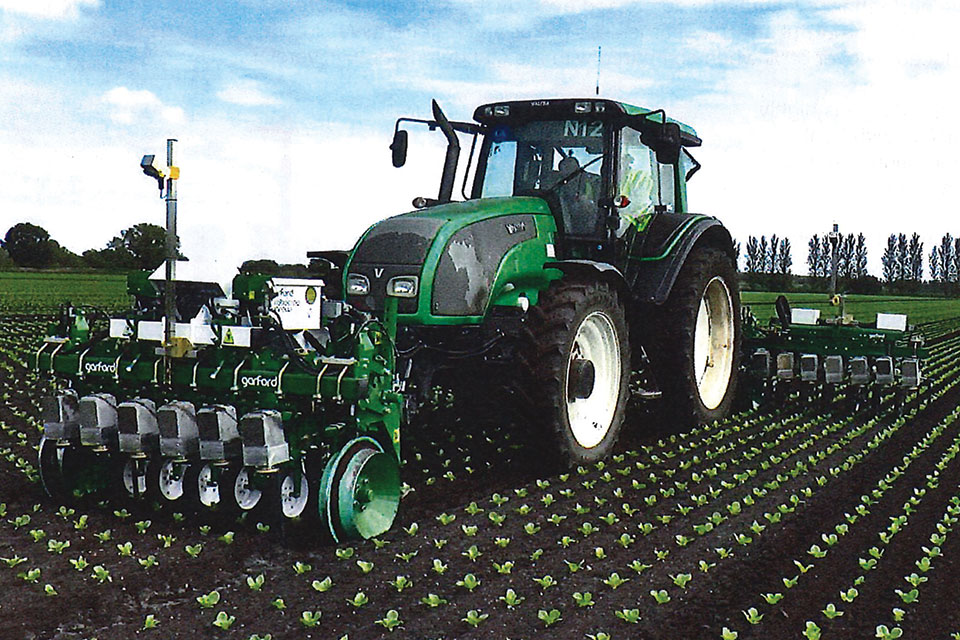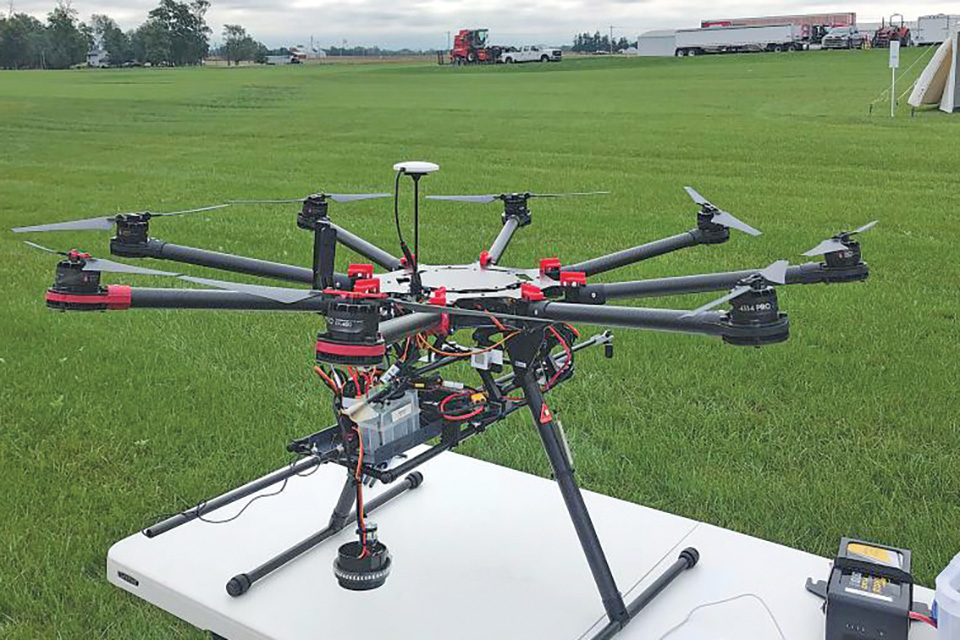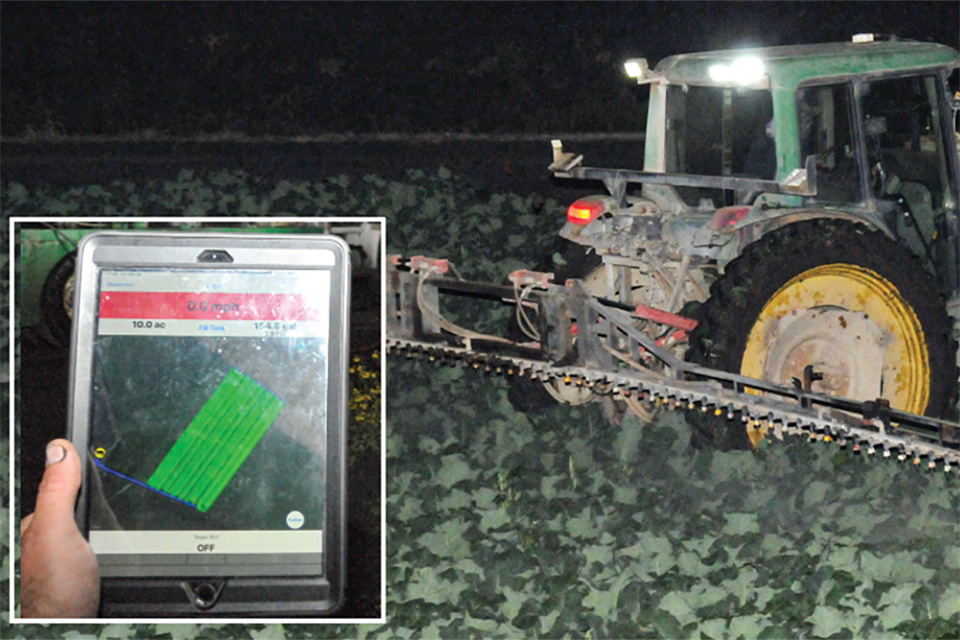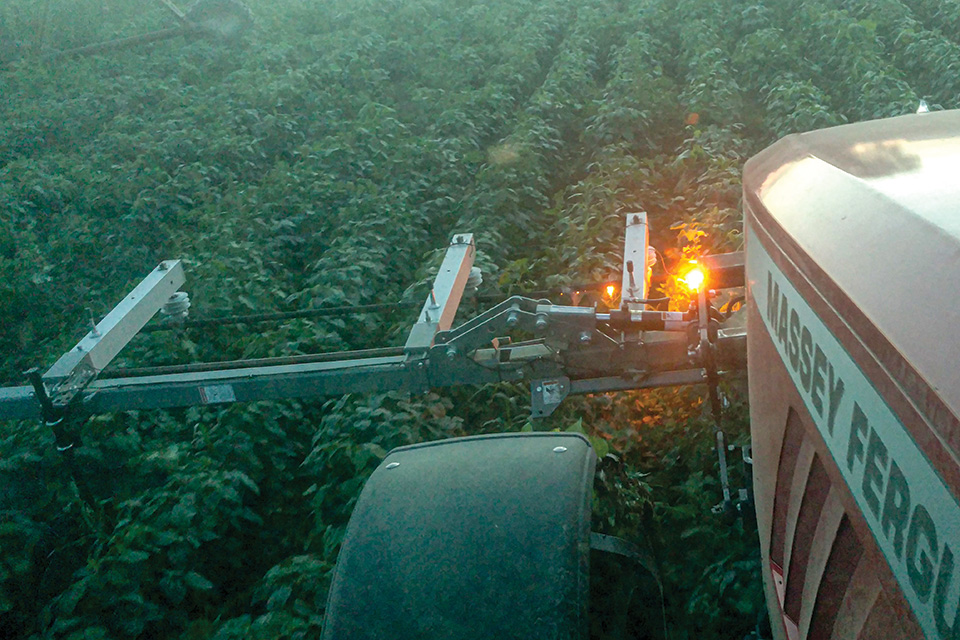7 Vegetable Pest Control Technologies of Tomorrow You’ll Want Today
If you feel risk averse when it comes to cutting-edge spray technology, that’s understandable. You require high reliability. You likely have a custom rig that fits your cultural practices just right. And the high cost of downtime when that high-tech sprayer goes down on just the wrong day seems a great reason to stay with tried and true.
But the siren song of better control, lower input costs, labor reductions, and better environmental stewardship keeps pulling you in. Maybe it’s time for another look.
These technologies get better literally every day, and the risk of technology adoption gets lower, while the benefits get more compelling. Here are seven technologies you might want to keep on your radar, if not in your shed! (Full disclosure, the author has not received compensation from any of the technologies mentioned.)
1. Hyper-Precision Herbicide Application
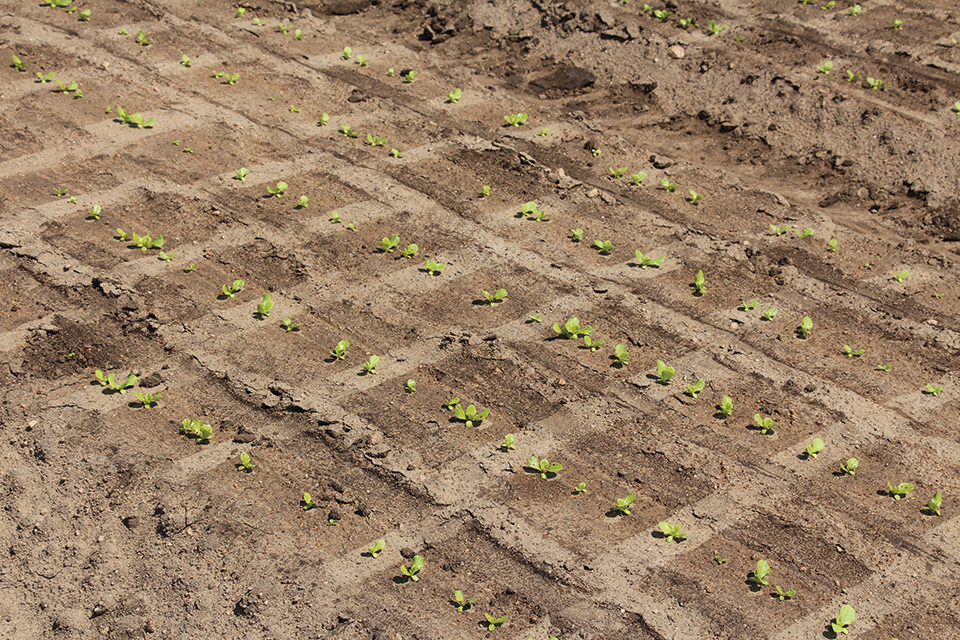
Auto thinners can use either an herbicide or a hotshot of fertilizer to kill the unwanted seedlings. In this case, the grower used a hotshot — the damp patches show where its been applied. Photo by Carol Miller.
Advances in machine learning and vision have led to sprayers that accurately identify and spray individual weeds without harming the crop, at the drive speeds you want. Blue River, a subsidiary of John Deere since September 2017, is one of the companies in this space. The chemical savings are staggering, and they are remarkably good at catching the weeds.
2. Machine-Vision, In-Row Mechanical Weeding
Machine vision can guide a hoe to kill weeds, too. Actually, a lot of hoes at once. Vision-guided, in-row weeders that identify and avoid the crop have been in the market for a couple of years. Designed for bedded transplant vegetables, one tractor operator can weed up to 20 rows at 2 miles per hour.
3. Swarmed by Air
Unmanned Aerial Vehicles (UAV), or drones will soon do your spraying. But it won’t be a single, bigger, faster drone. It will be swarms. Cloud-enabled swarms of small drones will spray, computer driven through the cloud, each picking up where the other left off, returning to the home base for a fast swap of a new battery and quick-change chemical tank. The whole operation takes only one person, with computers doing the brain work. And this is in the retail market in China right now.
Why don’t we have this here now? It’s mostly a regulatory thing. Few chemicals have labels suitable for drone application. And currently we require one pilot and one observer per drone. Further, we don’t understand much about small drones’ ability to lay down uniform swaths of spray. I’m confident these issues will be solved soon.
Why am I so gung-ho on drone swarms? Spray drones can travel lower and slower than manned aircraft, safely and easily going places no manned airship would dare — even out-maneuvering land-based sprayers on muddy ground or in closed canopies where tires can damage crops. They have the huge, added benefit of a strong air downwash, forcing the spray-laden air deep into the plant canopy similar to an air-boom sprayer. If done properly, this should massively increase the the inner canopy and under-leaf coverage.
4. Swarmed by Ground
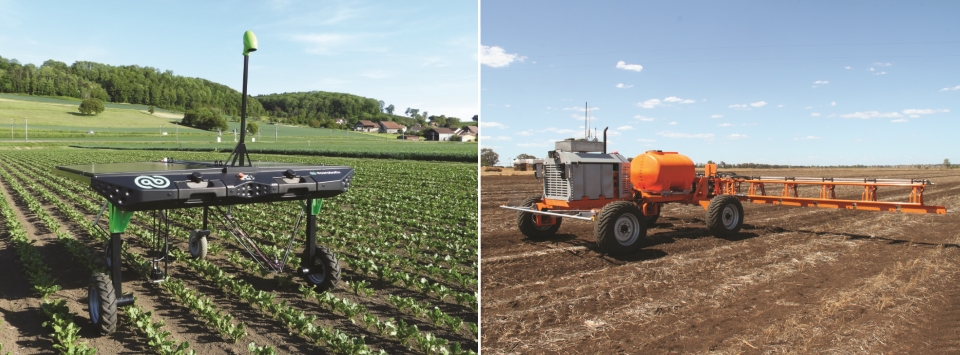
ecoRobotix (left) and SwarmFarm Robotics (right)
Ground-based, fully autonomous, wheeled vehicles will likely beat drone swarms to U.S. fields. They crawl a field, some searching for and spraying individual weeds, some just performing the normal act of spraying. These vehicles range from pickup-bed sized, such as the Ecobot, to full-sized, such as the Dot Connect and Swarmbot. What they all have in common is no room onboard for an operator.
5. Autonomous Refits
So how can you do autonomy and still use the tractor and sprayer that fits your operation? An autonomous sprayer AND tractor controller exist that can be applied directly to your existing tractor and sprayer. Called GoTrack, you drive the field the way you normally would while the controller records all the movements and sprayer operations. The next time you want to spray, choose the field, fill the tank, hit start, and it does the rest.
6. Cloud-Based Spray Controllers
Okay, you’re not a big enough operation to have your own geographic information systems technician and computer people to manage complicated field data layers, and you don’t really want a spray-er that drives itself quite yet, but a good spray controller with a little bit of as-applied data on a map would be nice. Cloud-enabled sprayer controllers, such as the Ag Otter, customized to the needs of fruit and vegetable growers, are here. These controllers take most of the decisions out of the operator’s hands (if you want) and generate an as-applied map as the driver sprays. Something to note: Text alerts to the manager occur as needs arise.
7. Lightning Bolts Replace Chemical Herbicide
Sometimes a new thing comes along that makes you just stop and say WOW. Weed Zappers have a simple copper bar where the spray boom would be, charged to a high voltage by a large generator. When the bar hits the plant, enough electricity goes through it to immediately disrupt the cells inside the plant. The weed is dead right through to the root, now. Even larger weeds that might otherwise resist herbicide are vulnerable.










